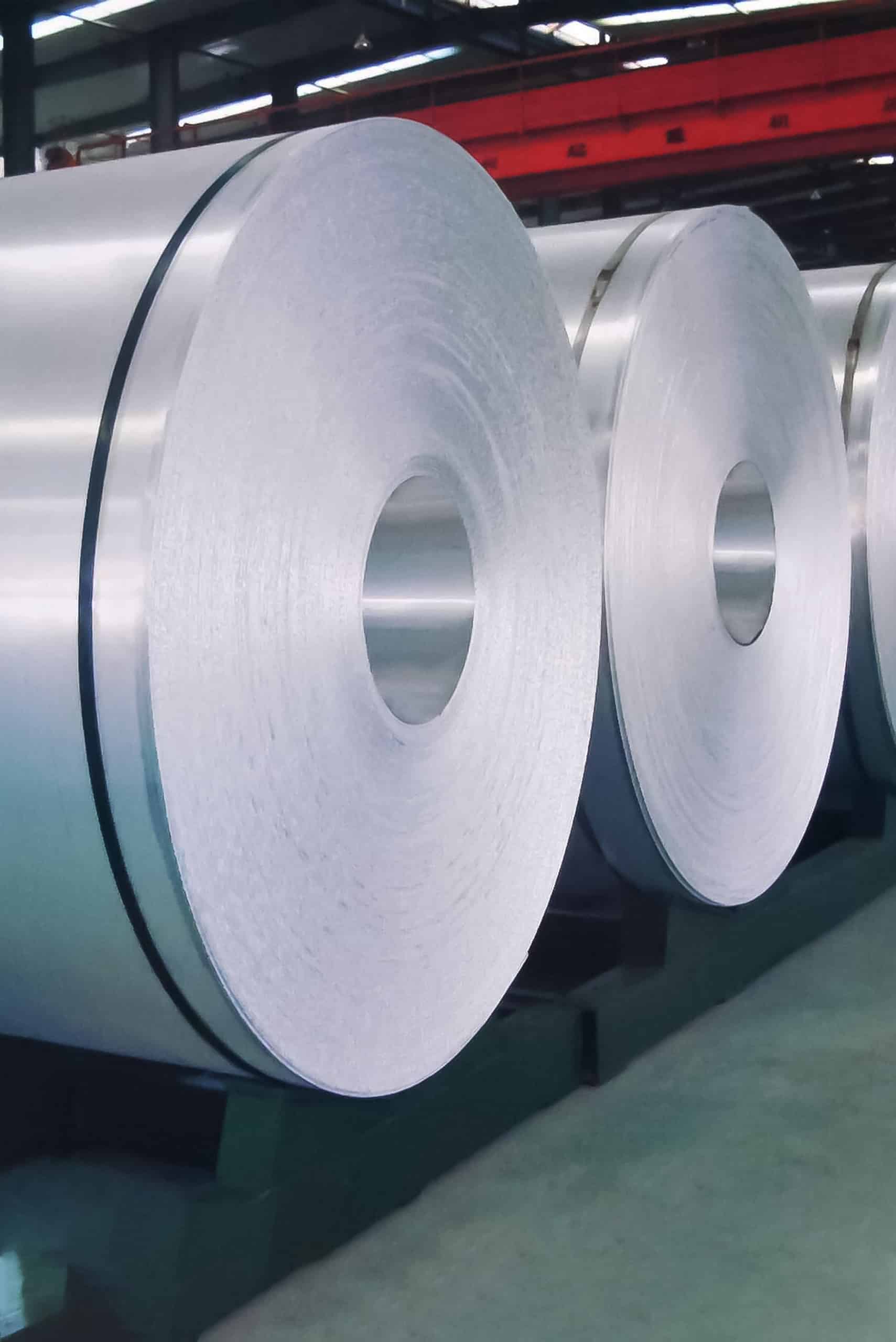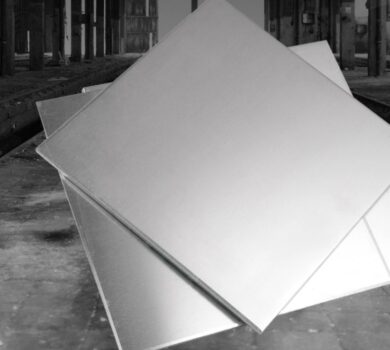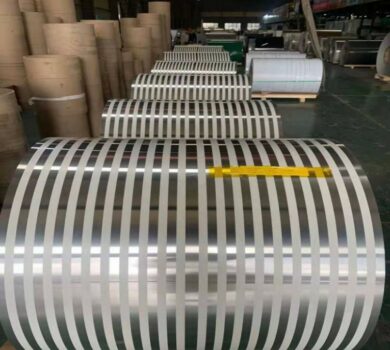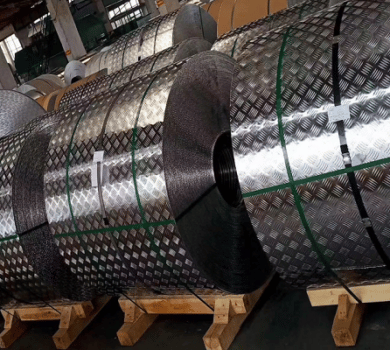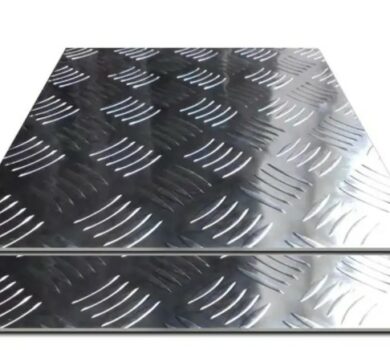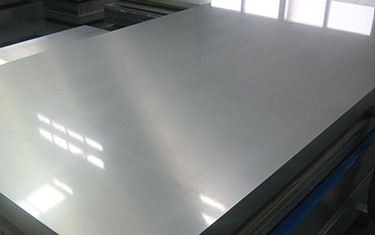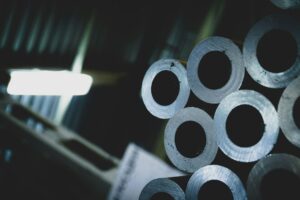China has the world’s first electrolytic aluminum production capacity and production, but the effective capacity of electrolytic aluminum is approaching the “ceiling”.
Wind data show that as of 2022, China’s electrolytic aluminum production capacity and production were 44.451 million tons, 40.214 million tons, from 45 million tons of planning capacity target space has little left. Thus, recycled aluminum is expected to protect the aluminum industry in the future capacity and production continue to grow. Superimposed on the recycled aluminum industry belongs to the circular economy industry, energy consumption and carbon emissions in line with the national “double carbon” strategy. Therefore, the development of recycled aluminum industry is not only an important way to solve the resource security of aluminum industry development, but also one of the main ways to achieve carbon emission reduction in the aluminum industry.
“Aluminum industry is the key field of energy saving and carbon reduction in non-ferrous metals, and vigorously promoting recycled aluminum has become one of the important paths for the low-carbon transformation of the aluminum industry in China and even globally.” China Nonferrous Metals Industry Association Standing Committee of the Party Committee, Vice President Wang Jian pointed out at the meeting that China’s recycled aluminum industry scale, raw material structure, technological progress, industrial pattern and other aspects have stepped up to a new level.
Among them, in terms of scale, China’s renewable aluminum production capacity has reached more than 18 million tons, Guangxi, Jiangsu, Guangdong, Henan, Jiangxi five provinces renewable aluminum production capacity accounted for 61% of the total production capacity; in the raw material structure, has formed a “domestic-based, imported to supplement the” a good pattern, the domestic raw material accounted for more than 80%; in process Technology and equipment, advanced recycled aluminum enterprise unit product energy consumption is less than 100 standard coal / ton, the application of new products; in the industrial pattern, recycled aluminum industry chain integration and development of the basic formation of primary aluminum enterprises to accelerate entry into the recycled aluminum field, processing enterprises to increase the proportion of recycled aluminum raw materials, in particular, the downstream manufacturing enterprises, such as automobiles, home appliances, packaging and other enterprises to pay more attention to the use of recycled aluminum materials.
As an important part of China’s aluminum industry, in recent years, China’s recycled aluminum production accounted for the proportion of primary aluminum continued to stabilize at about 20% of the level line. With the current enterprises to enhance the use of recycled aluminum into a general trend, downstream such as automobiles, motorcycles, machinery and equipment, communications equipment, electrical and electronic, hardware lamps and lanterns, etc. on the product whether the use of recycled materials demand continues to rise, which makes the outside world is very optimistic about the prospects for the application of recycled aluminum.
“In the context of the ‘dual carbon’ strategy, automotive lightweighting has been developing rapidly in recent years, and aluminum and aluminum alloys, as representatives of lightweight materials, are considered ideal materials for future vehicles.” Shi Xiaolei, a researcher in the Sustainable Development Business Department of CAC Data, believes that for recycled aluminum companies, optimizing the material design and improving the recycling rate of aluminum and aluminum alloys while meeting the performance will indirectly help the whole vehicle to reduce the level of carbon emissions in the supply chain, and promote the use of recycled materials in the industry in order to achieve the goal of carbon emission reduction.

